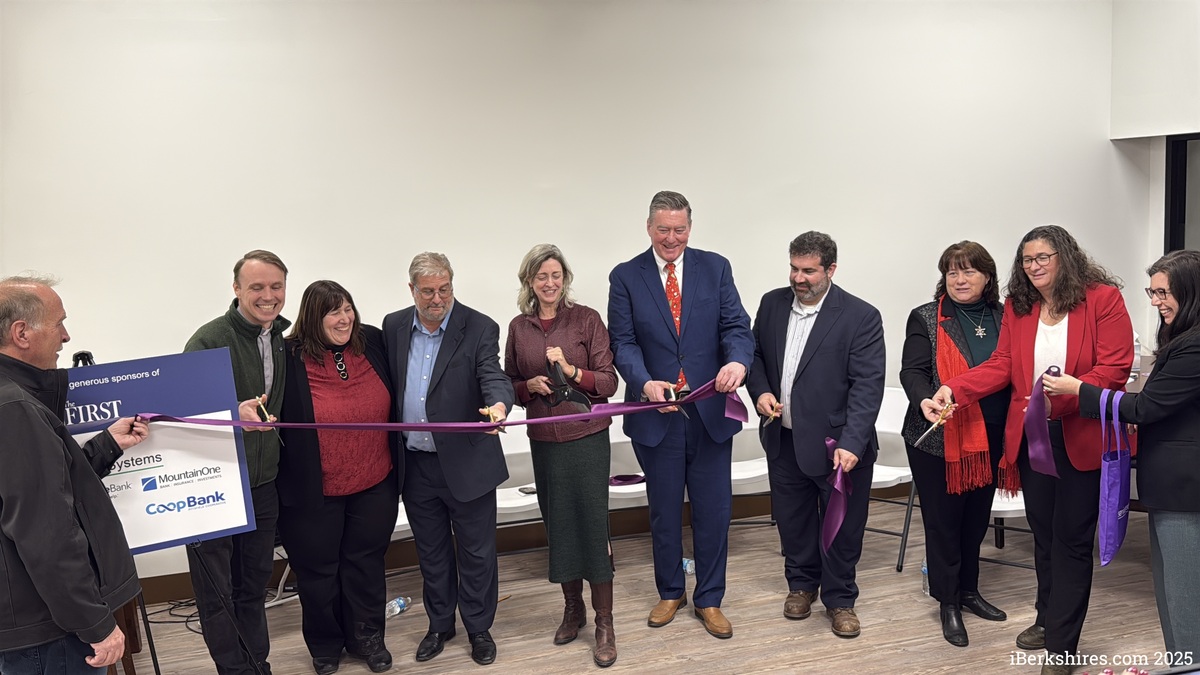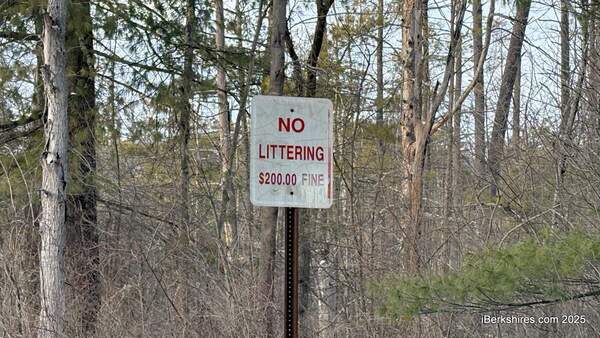
All stuffed up? It might not be a cold. It might be the air in your home
.jpg)
Do you have itchy eyes and a stuffy nose when you go home? It might not be just a cold. Your air quality might be to blame.
Indoor air can be between 200 percent and 500 percent more polluted than outdoor air, according to the U.S. Environmental Protection Agency, leading to symptoms such as itchy, watery eyes, postnasal drip, headaches, coughing, itching, nasal congestion, runny nose, fatigue and sneezing. And since people spend 90 percent of their day indoors, breathing approximately 36 pounds of air per day, that's a lot of polluted air to handle.
Ironically, as homes get more energy-efficient, the issue of indoor air pollution has become worse, the EPA said, because these tight homes trap pollutants inside. To fight the problem, first it's helpful to know what's causing the indoor air pollution.
There are basically three types of indoor air pollution. The first category consists of allergens and particulates, which are normally found in most homes. These consist of dust and pollen, mold, fungi and mildew, wood smoke, dust mites, dander from our furry friends and debris from insects, all of which can cause the nose and throat irritation, congestion, sneezing and coughing.
The second category is infection agents, which are bacterial infections and diseases - from the common cold and flu to streptococcus and pneumococcus, particles of which can hover in the air. The health effects of these agents include contracting the diseases themselves, like bronchitis or pneumonia.
The third category is toxic compounds. This consists of pollutants such as tobacco smoke, pesticides, formaldehyde and other toxins commonly found in paints, plastics, carpets, etc., which are present in most homes. These can cause serious health problems like memory lapse, mild depression, lethargy, headaches and lung dysfunction.
So what is a homeowner to do?
The easiest solution is to invest in an air cleaner for your home. Unfortunately, many air cleaners on the market have a limited airflow and a low coverage area that requires frequent maintenance and cleaning. These machines can lose efficiency as plates become coated, and often all they do is redistribute dust, not remove it. There's also a category of cleaners known as "ozone generators" that may be dangerous; in fact, the state of California banned the sale of these cleaners in 2007.
But Aerus - established in 1924 as Electrolux - has a new solution: the Lux Guardian Air Platinum air purification system. This system exceeds the highest standards, capturing 99.97 percent of the tiniest 0.1 micron particles, including dander, pollen, smoke, dust mites, mold spores and pet dander.
It uses a revolutionary technology called "photocatalytic oxidation" (PCO), which uses a combination of UV light and titanium dioxide to remove contaminants, in conjunction with Aerus's proprietary ActivePure Technology, which is university-tested and proven effective against bacteria, viruses, mold and fungi in the air and on surfaces. In addition, a carbon pre-filter removes odors from the air, including cigar and cigarette smoke.
The system makes a huge difference in the quality of the air, according to people who have used it, like Brad and Christine B., who purchased the system in the hopes that it would help Christine's allergies. Christine said she was hesitant at first, as nothing else had worked.
"I didn't want to get my hopes up, but I said, "Sure, why not,'" she said when Brad, who is a commercial HVAC installer, suggested it.
"To say that it's made a difference in my wife's allergies is an understatement," Brad said. Christine said she is "blown away" by the difference it has made for her quality of life.
"I feel better, I sleep better, and it's made a remarkable transformation in my home and in my life," she said.
The Lux Guardian Air Platinum is Energy Star-certified, costs as little as 6 cents a day to operate and is protected with a five-year limited warranty. It has a silent operation, with all-steel construction eliminating vibrations and rattling, its filter media is waterproof to resist contamination from mold and it purifies 2,000 square feet in one hour on high setting, thus carrying an exceptional Clean Air Delivery Rate (CADR) rating from the Association of Home Appliance Manufacturers. ActivePure been used by NASA and is a 2017 Space Technology Hall of Fame Inductee. And most Major League Baseball teams now have ActivePure technology in their facilities.
This system is perfect for both homeowners and business owners who want ultimate indoor air quality protection, as well as medical facilities, nursing homes, schools or any facility with indoor air quality concerns.
Dr. Sally F., who runs a pediatric physical therapy office, said installation of the Lux Guardian Air Platinum air purification system has made a "huge difference" in her office.
"One of our main concerns is providing a clean and healthy environment for everyone to work in," the doctor said. Since the installation of the system, she said, "Sick days are down. Kids are healthier. And the truth is, the air just feels fresher and cleaner.
"Everyone loves it."
Aerus is offering a free no-obligation in-home air quality check to help determine if the air in your home is actually what is making you feel sick. Contact your local Aerus Dealer, located at 383 North St. in Pittsfield, Mass., at 413-442-1544 to have a local Aerus professional come do the free in-home air analysis.

Tags: air quality,
















